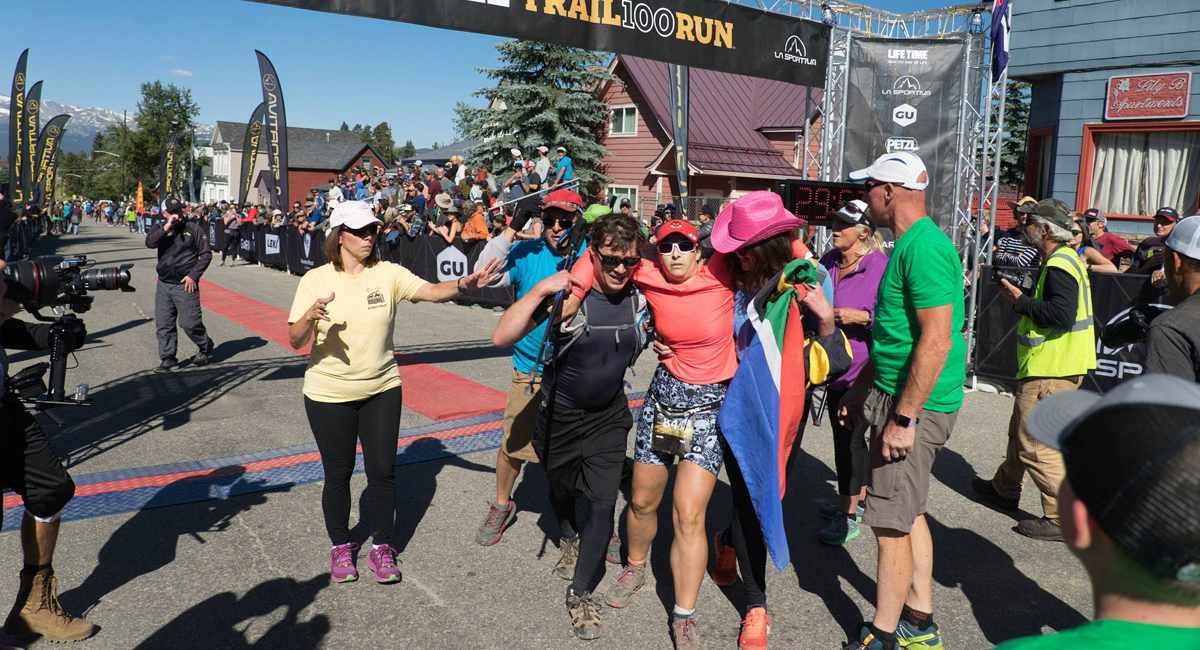Produits Présentés
-
Promo !

La Sportiva Climbing on the Moon T-Shirt M Carbon/Giallo | T-Shirt Homme
€ 69.07€ 28.21 Choix des options -
Promo !

La Sportiva Overlay T-Shirt W Velvet | T-Shirt Femme
€ 77.35€ 43.68 Choix des options -
Promo !

La Sportiva Tracer Tank W Velvet | T-Shirt Femme
€ 62.24€ 32.76 Choix des options -
Promo !

La Sportiva Rowan Zip-Off Pant W Storm Blue/Lagoon | Pantalons Femme
€ 116.03€ 75.53 Choix des options
Meilleure Vente
-
Promo !

La Sportiva Approach Laces 147/58 Black/Yellow | Pièces De Rechange Et Plus Femme/Homme
€ 177.91€ 75.53 Ajouter au panier -
Promo !

La Sportiva Bushido II GTX Electric Blue/Tiger | Mountain Running® Homme
€ 147.15€ 68.25 Choix des options -
Promo !

La Sportiva Ape T-Shirt M Storm Blue/Hawaiian Sun | T-Shirt Homme
€ 68.80€ 36.40 Choix des options -
Promo !

La Sportiva Method Hoody M Lime Punch/Forest | Vestes Intermédiaires Et Polaires Homme
€ 170.17€ 75.53 Choix des options















